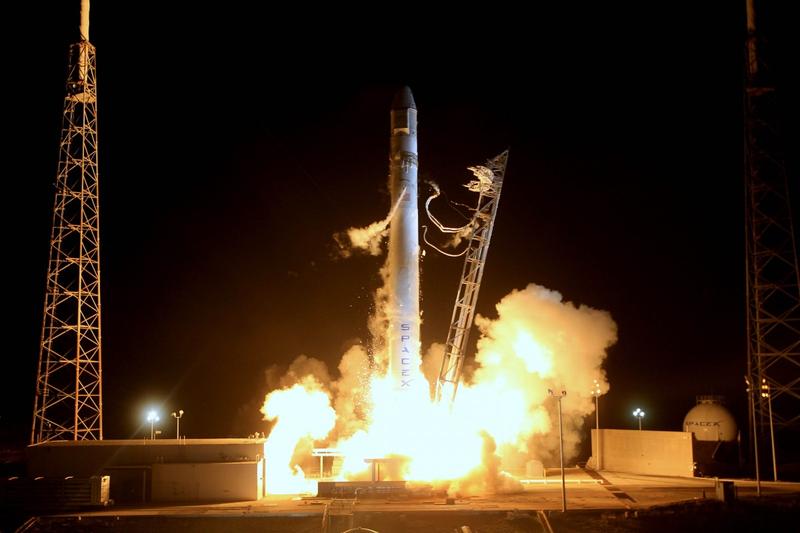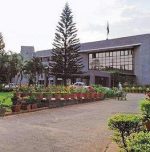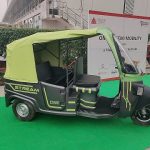ISRO launches IRNSS-1H– All you need to know

On August 31st, 2017, the Indian Space Research Organization (or ISRO) will launch the latest Indian navigation satellite from the second launch pad of the Satish Dhawan Space Center, located in Sriharikota.
Called the IRNSS-1H, this satellite has a significance in being the first satellite in which the private sector is actively involved. The IRNSS-1H will be a replacement for the IRNSS-1A, whose three atomic clocks have now all failed.
The Launch Authorization Board (or LAB) and the Mission Readiness Review (or MRR) have both begun the countdown for the liftoff of the satellite. With it almost ready to be launched into orbit, these are some key facts to know about the IRNSS-1H.
The IRNSS-1H will be carried out into orbit by the Polar Satellite Launch Vehicle (or PSLV) rocket XL variant. The rocket will blast off at about 7:00 p.m. local time. About nineteen minutes after the blastoff, the PLSV will sling the satellite at an altitude of around 507 kilometres.
The satellite, which weighs about 1,425 kilograms, will orbit the Earth in a sub Geosynchronous Transfer Orbit (or sub-GTO). This orbit will have a 284-kilometre perigee and a 20,650-kilometer apogee. Signature to the IRNSS series, the IRNSS-1H will carry two types of payloads, a navigation payload and a ranging payload.
The IRNSS-1H is equipped with two solar panels. Once they are automatically deployed, the Master Control Facility (or MCF) will control the satellite. The MCF will place the satellite in its designated orbit.
The navigation system of the IRNSS-1H, Navigation with Indian Constellation (or NavIC), is similar to the American GPS. The NavIC has nine satellites, seven of which are in orbit and two of which are backup. The IRNSS-1H is one of the backup satellites.
The NavIC has several helpful uses. It helps guide fishermen to the best fishing areas, and also warns them of bad weather or dangerous ocean conditions.
The NavIC also helps commuters track their travelled distance and allows transport operators to track their moving vehicles.
It also allows railways to track moving trains and to give out alerts of unmanned level crossings.
Image from Pxhere (Free for commercial use / CC0 Public Domain)
You may also like
Image Reference: https://pxhere.com/en/photo/893779
Recent Posts
- Apply online for RRC NR Apprentice Recruitment 2025Applicants are strongly advised to regularly visit the official website.
- Delhi enforces GRAP-4: Who must follow and who is exemptSchools have also been impacted by the GRAP-4 curbs.
- Ravity software powers smarter, connected vehicles with AIBengaluru-based startup Ravity Software Solutions is emerging as a key player in this shift.
- Apply online for RRC NR Apprentice Recruitment 2025
What’s new at WeRIndia.com
News from 700+ sources
-
Gold rate prediction: Gold price falls again, check gold rate outlook for 2026
-
Bengaluru: Three arrested for gang-rape of 19-year-old, obscene video used for blackmail
-
Holiday bonus: Trump adds two paid days off for federal workers this Christmas season – here are the dates
-
‘Men can never become women!’: RFK Jr’s HHS dept bans gender-affirming care for trans youth
-
Putin offers no compromise on Ukraine, says EU ‘robbery’ failed
-
Budget 2026: Key facts and details you should know before February 1
-
WeRIndia – A News Aggregator
Visit werindia.com for all types of National | Business | World | Politics | Entertainment | Health related news and much more..










Leave a Reply